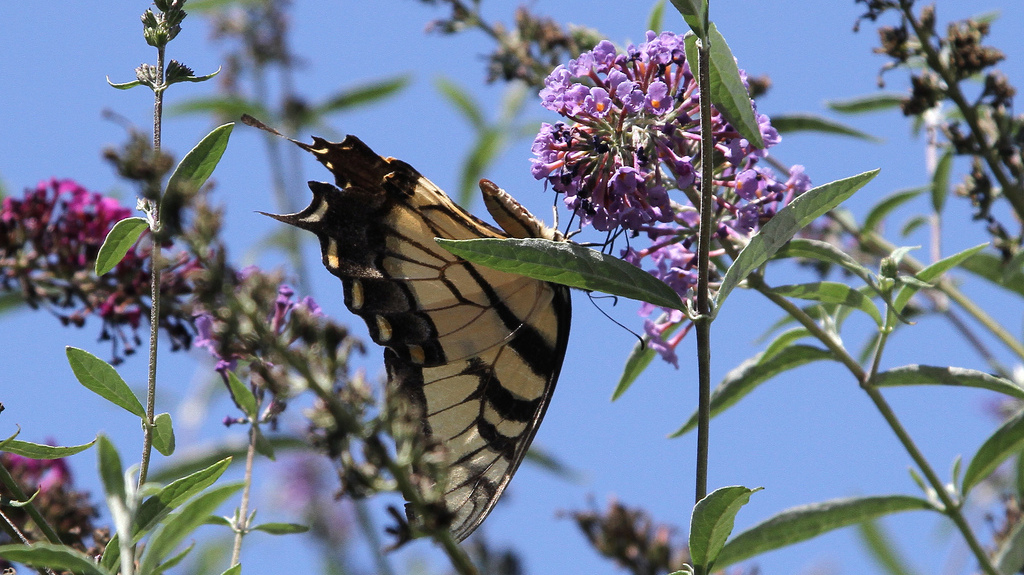Early Pandemic Life In Seattle: How Green Spaces Provided Refuge

Table of Contents
The Psychological Impact of Lockdown and the Importance of Nature
The initial pandemic lockdowns brought significant mental health challenges. Anxiety, depression, and feelings of isolation became widespread as people faced confinement, uncertainty about the future, and a lack of social interaction. These feelings were amplified by the constant barrage of negative news and the fear of the unknown. However, research consistently demonstrates the profound positive impact of nature on mental well-being. Spending time in green spaces has been scientifically linked to reduced stress hormones, improved mood, and an overall sense of calm. Connecting with nature offers a powerful antidote to the negative effects of isolation and confinement.
- Increased rates of anxiety and depression were reported during early pandemic lockdowns, with studies showing significant increases in mental health service utilization.
- Numerous studies show a positive correlation between nature exposure and reduced levels of cortisol (the stress hormone). Even short periods spent in green spaces can lead to measurable improvements in mood and cognitive function.
- The tranquility and open space provided by parks and trails offered a much-needed escape from the confines of homes and apartments, providing a sense of peace and perspective.
Seattle's Green Spaces as Essential Resources
Seattle boasts an incredible network of parks, trails, and natural areas, offering residents extensive opportunities for outdoor recreation. From the sprawling Discovery Park with its dramatic cliffs and beaches to the tranquil waters of Golden Gardens Park and the forested trails of Seward Park, Seattle's green spaces became essential resources during the pandemic. While maintaining social distancing guidelines and adjusting park hours, these spaces remained open, providing a vital outlet for residents seeking fresh air and exercise.
- Discovery Park, Golden Gardens Park, Seward Park, and countless neighborhood parks saw a significant surge in usage during the early pandemic months.
- Residents engaged in a variety of activities, including walking, hiking, biking, picnicking, and simply enjoying the scenery. These activities provided both physical and mental benefits.
- The Seattle Parks and Recreation Department played a crucial role in managing these spaces, ensuring public safety while maintaining access to nature during the crisis. Their efforts were vital in making Seattle green spaces a safe and accessible pandemic refuge.
The Role of Community in Green Spaces During the Pandemic
While social distancing was crucial, Seattle's green spaces also fostered a sense of community during a time of isolation. Spontaneous, socially distanced gatherings emerged in parks, with people connecting with neighbors and fellow community members while maintaining appropriate physical space. These informal gatherings provided a sense of shared experience and helped to alleviate feelings of loneliness and isolation.
- Many anecdotal accounts describe impromptu picnics, distanced conversations, and shared moments of reflection in Seattle's parks.
- These gatherings, while observing social distancing, helped to foster a sense of connection and shared experience, mitigating the isolating effects of lockdown.
- The importance of community in overcoming shared challenges was highlighted by these spontaneous interactions in nature, underscoring the social value of green spaces.
The Long-Term Impact of Green Spaces on Seattle Residents
The pandemic's lasting effects on mental health highlight the continued importance of access to nature. The increased use of Seattle's green spaces during the crisis may have long-term positive impacts on community engagement and health outcomes. Further research is needed to fully understand these effects, but early indications suggest that increased access to nature can lead to sustained improvements in mental and physical well-being.
- Increased access to nature could lead to reduced rates of chronic diseases and improved cardiovascular health.
- The pandemic experience may influence future city planning and policies, prioritizing green spaces and creating more opportunities for nature-based recreation.
- Longitudinal studies are needed to assess the long-term impacts of increased green space usage on the mental and physical health of Seattle residents.
Conclusion
The early days of the COVID-19 pandemic presented immense challenges for Seattle residents. However, the city's extensive network of green spaces proved to be a crucial refuge, offering much-needed respite and contributing significantly to the mental and physical well-being of its citizens. The experience underscores the vital role of access to nature, particularly during times of crisis. Seattle's green spaces served as a vital pandemic refuge, demonstrating the powerful connection between nature and human well-being.
Call to Action: Learn more about Seattle's incredible green spaces and how you can utilize these vital resources to support your mental and physical health. Explore the benefits of Seattle green spaces as a pandemic refuge and discover the healing power of nature for yourself. Plan your next visit to a Seattle park today!

Featured Posts
-
 Ferrari Service Centre In Bengaluru What To Expect
May 24, 2025
Ferrari Service Centre In Bengaluru What To Expect
May 24, 2025 -
 Jonathan Groffs Broadway Opening Lea Michele And Friends Show Support
May 24, 2025
Jonathan Groffs Broadway Opening Lea Michele And Friends Show Support
May 24, 2025 -
 Guia Astrologica Semanal Del 4 Al 10 De Marzo De 2025
May 24, 2025
Guia Astrologica Semanal Del 4 Al 10 De Marzo De 2025
May 24, 2025 -
 M6 Drivers Face Long Delays After Van Crash
May 24, 2025
M6 Drivers Face Long Delays After Van Crash
May 24, 2025 -
 Mamma Mia The Hottest New Ferrari Hot Wheels Sets
May 24, 2025
Mamma Mia The Hottest New Ferrari Hot Wheels Sets
May 24, 2025
